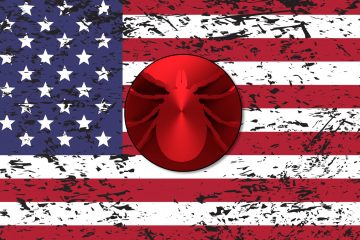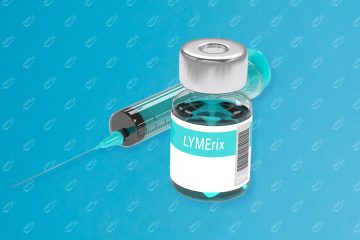- Home
- Find A Physician
- FIND A PHYSICIAN
- LymeTimes
- Current Issue
- Archives
- FEATURED LYMEDISEASE.ORG ISSUES
- Resources
- LYME LITERATE PHYSICIAN VIDEOS
- Physicians
- Members
- About Us
- Resources
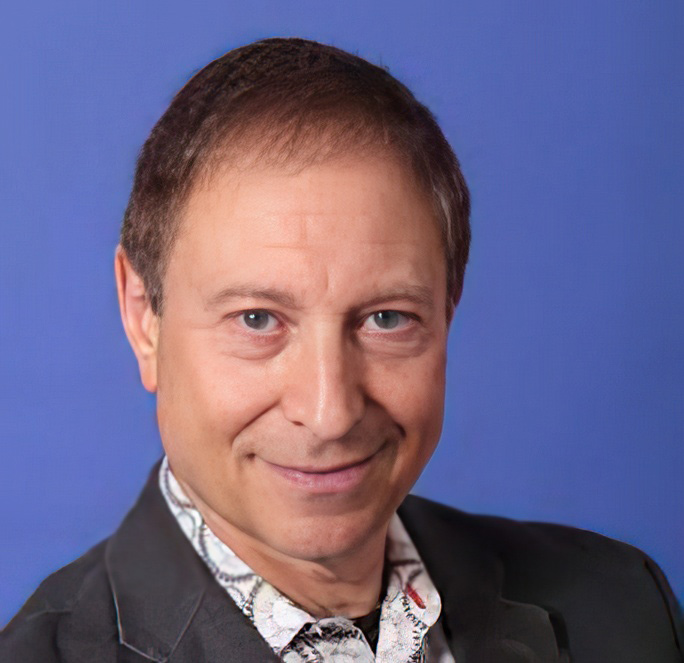 Dr. Richard Horowitz recently sent out the following public message regarding his latest journal publication.
Dr. Richard Horowitz recently sent out the following public message regarding his latest journal publication.
Good news. Our paper on high dose dapsone combination therapy (HDDCT) for the treatment of chronic Lyme disease/Post-Treatment Lyme Disease Syndrome (PTLDS) was accepted for publication. Please see the link below and share broadly with the chronic disease community.
Horowitz RI, Freeman PR. Efficacy of Short-Term High Dose Pulsed Dapsone Combination Therapy in the Treatment of Chronic Lyme Disease/Post-Treatment Lyme Disease Syndrome (PTLDS) and Associated Co-Infections: A Report of Three Cases and Literature Review. Antibiotics. 2022; 11(7):912. https://doi.org/10.3390/antibiotics11070912
I want to explain why I think this paper from Phyllis and myself may be one of the most important ones we have done.
Dapsone Combination Therapy
A s you know, double dose dapsone combination therapy has approximately a 50% remission rate in those with chronic Lyme disease and PTLDS for one year or longer, if all abnormal MSIDS variables were addressed, and if they didn’t have persistent Babesia or Bartonella
This paper addresses the 50% that failed double dose dapsone. The most important take-home point is that it was not just the time on the antibiotics that determined success and remission, it’s the dose of the persister drug.
In the case of dapsone, 200 mg per day worked much better than 100 mg per day. And a 4-day high dose pulse of 400 mg per day of dapsone, with higher doses of methylene blue, which hits both Lyme and Bartonella persisters, ended up giving us roughly another 33% of patients that went into long-term remission (and some of these had active Bartonella!)
2/3 of participants went into remission
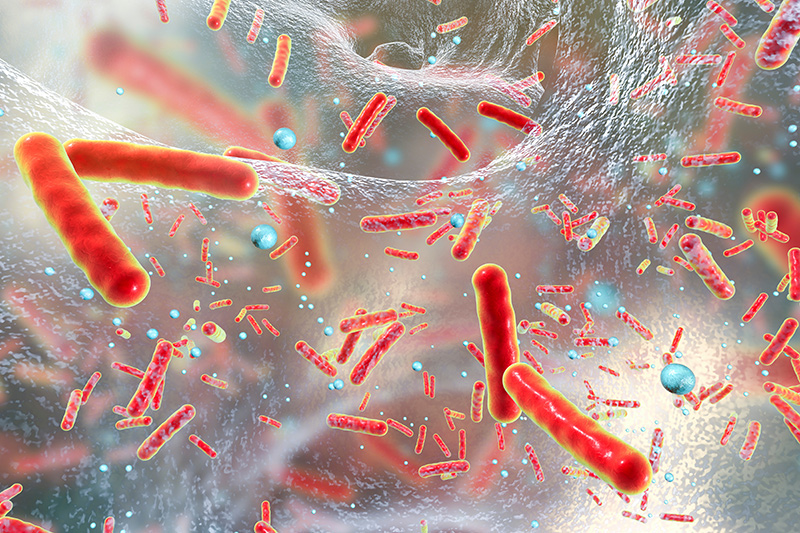 This means that this protocol provides the first short-term antibiotic protocol, i.e., 8 weeks of double dose dapsone and one 4-day pulse (or more) i.e., 9-10 weeks total of oral, generic antibiotics, that results in roughly a 66% long term remission rate.
This means that this protocol provides the first short-term antibiotic protocol, i.e., 8 weeks of double dose dapsone and one 4-day pulse (or more) i.e., 9-10 weeks total of oral, generic antibiotics, that results in roughly a 66% long term remission rate.
This is the study and eventually, the randomized trial I have been waiting to do for years. It should prove to the world once and for all the role of persister/biofilm forms of Borrelia and Bartonella, the role of co-infections like persistent Babesia, and how MSIDS variables like low adrenal function, POTS, mitochondrial dysfunction, mold and heavy metals, mast cell activation, etc., are what we are finding in the thousands of patients we have been helping.
It’s a paradigm shift from a one disease–one cause model to a multifactorial model with several underlying forms of inflammation and downstream effects of that inflammation causing symptoms in chronic Lyme and PTLDS.
“For the Lyme community, this is big news and is the culmination of over 30 years of my research trying to find a cure. “
The paradigm will most likely have some positive applications to other chronic fatigue, musculoskeletal illnesses with neuropsychiatric symptoms like CFS/ME, fibromyalgia, long COVID, ASD, etc.
For the Lyme community, this is big news and is the culmination of over 30 years of my research trying to find a cure. We now have the first short term antibiotic protocol for chronic Lyme with a reasonably good long term remission rate with some efficacy against resistant co-infections.
Figuring out the details
We still have to figure out details on how to improve efficacy against chronic Bartonella infections as well as Babesia. (Tafenoquine is not enough in all patients who have failed Mepron and Zithromax and Clindamycin and Quinine, Coartem, Malarone, cryptolepis, etc. Please read the article.)
However, the randomized control trial I would like to do next year should be the bridge to allow other researchers and clinicians to take what we have found and improve upon the efficacy, looking at higher dosing of new and novel persister drugs.
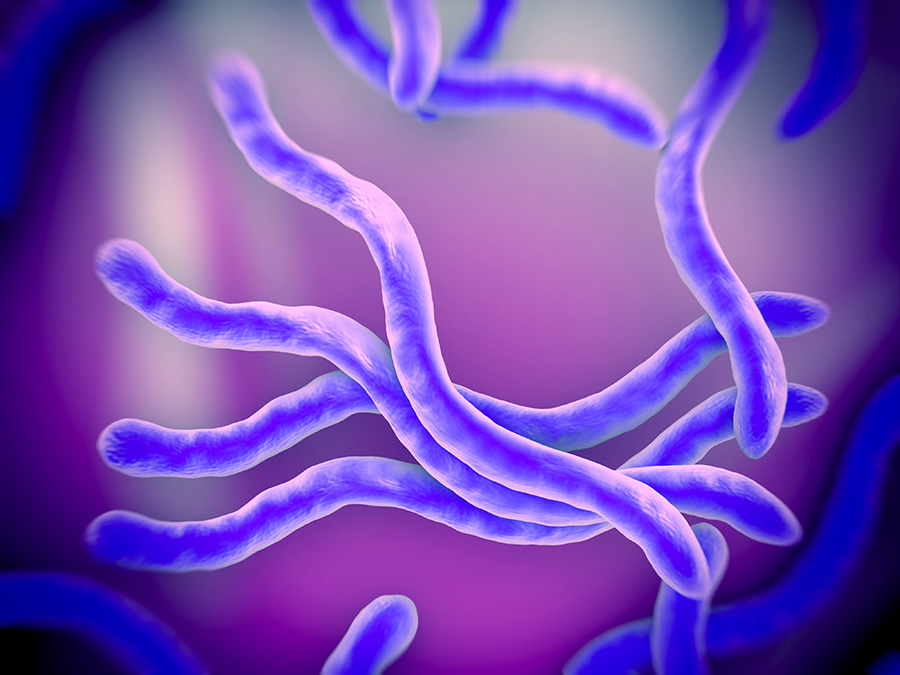 Consider that 14.5% of the global population has now been exposed to Borrelia sensu lato species, and at least 20% go on to chronic Lyme disease. That implies that 3% of the 8 billion people worldwide now have chronic Lyme (240 million). A 2/3 success rate with a short term, oral, generic protocol using HDDCT would help 160 million chronic disease sufferers.
Consider that 14.5% of the global population has now been exposed to Borrelia sensu lato species, and at least 20% go on to chronic Lyme disease. That implies that 3% of the 8 billion people worldwide now have chronic Lyme (240 million). A 2/3 success rate with a short term, oral, generic protocol using HDDCT would help 160 million chronic disease sufferers.
If that turns out to be true, my life’s work will have been a blessing in disguise. Thanks to the MSIDS Research Foundation for their support in helping to get the article published. Please share this article widely with the broad Lyme community!
Dr. Richard Horowitz is a board-certified internist and medical director of the Hudson Valley Healing Arts Center, specializing in the treatment of tick-borne disorders. He has treated over 13,000 chronic Lyme disease patients in the past 30 years and was a member of the U.S. Department of Health and Human Services Tick-borne Disease Working Group and other governmental panels. He has authored two books.
Editor’s note: Any medical information included is based on a personal experience. For questions or concerns regarding health, please consult a doctor or medical professional.
























